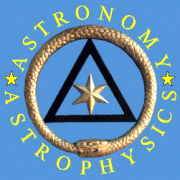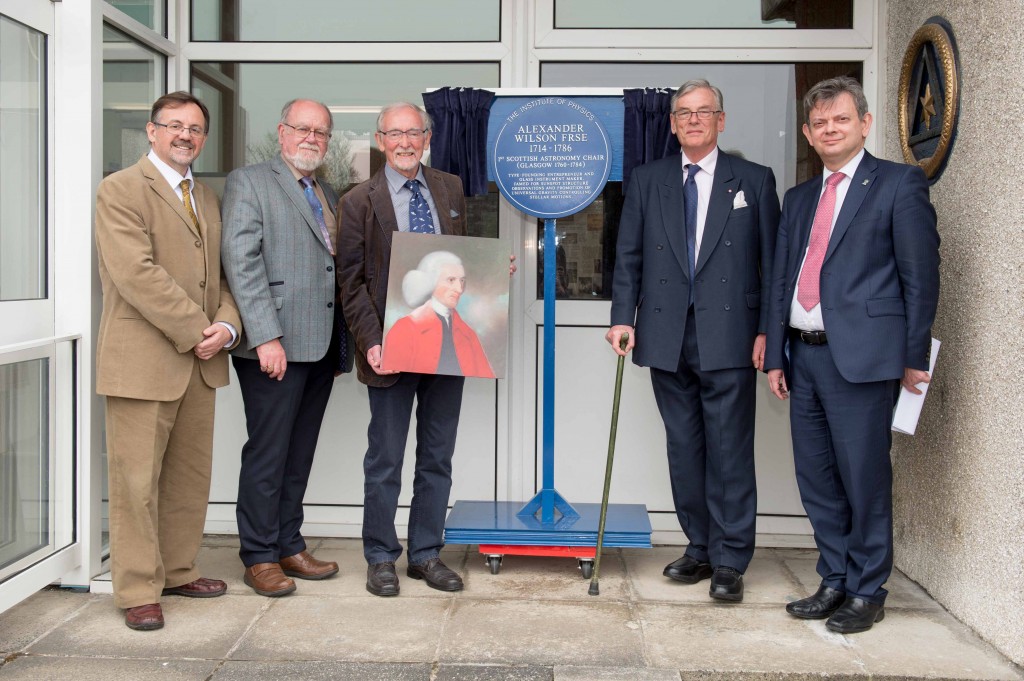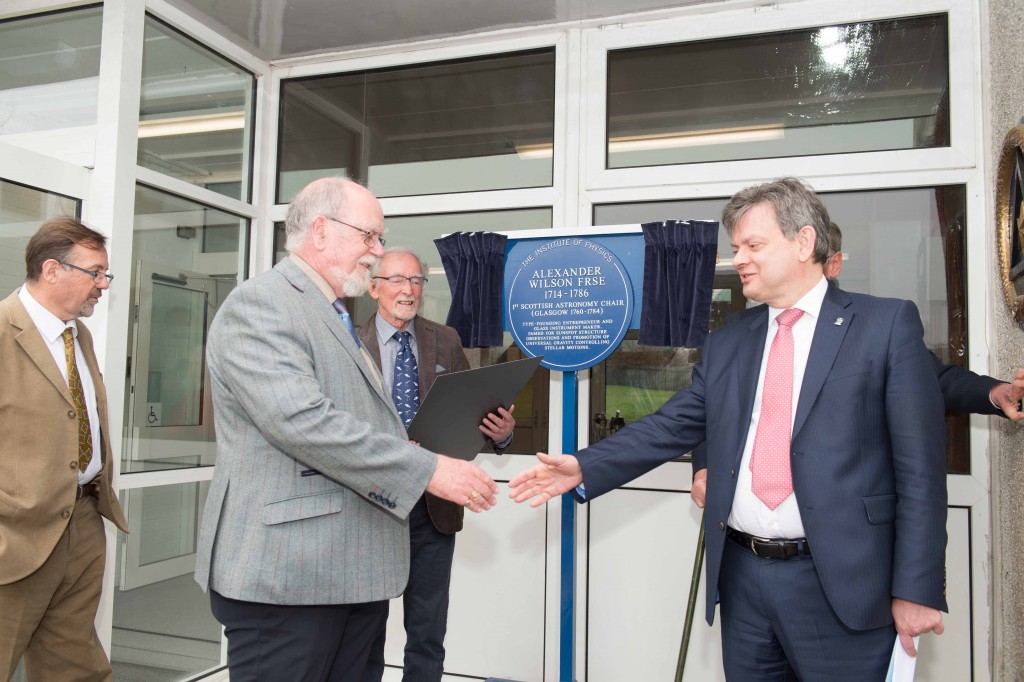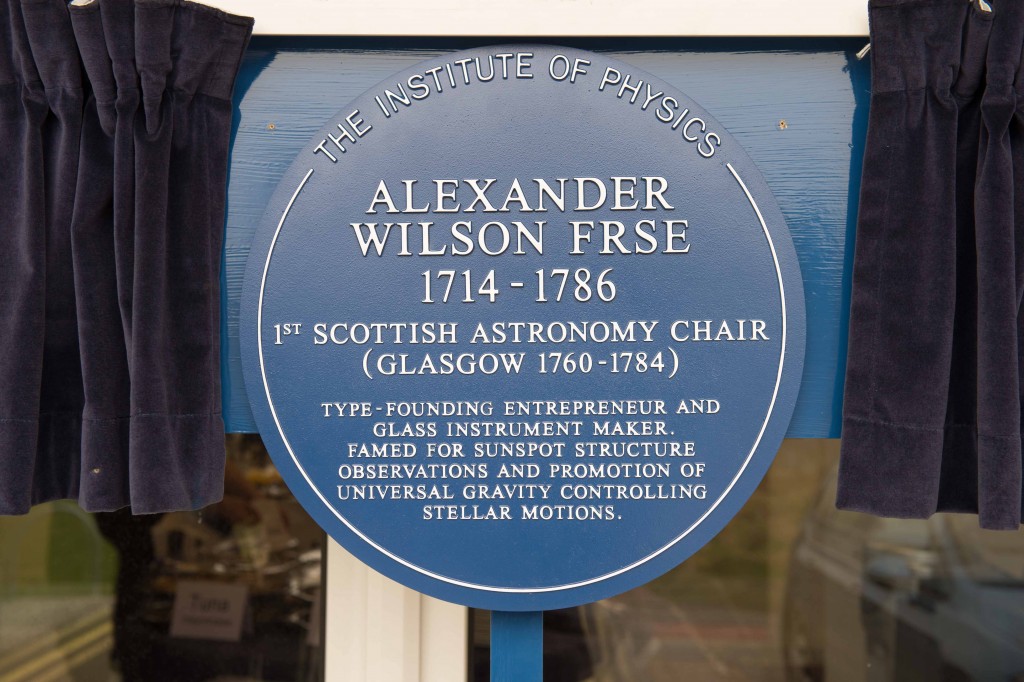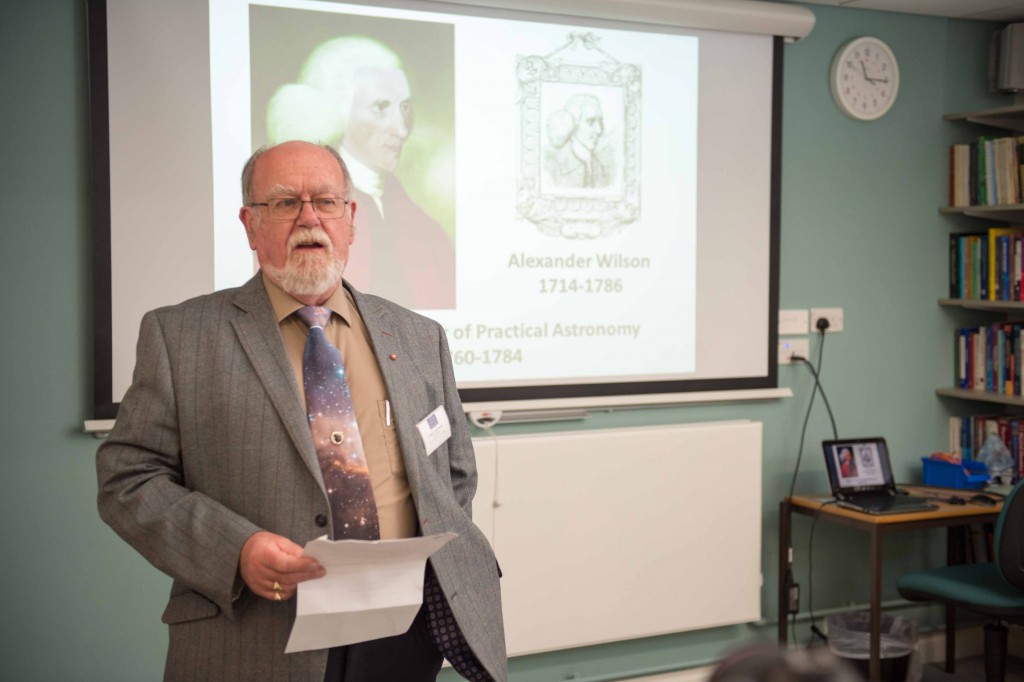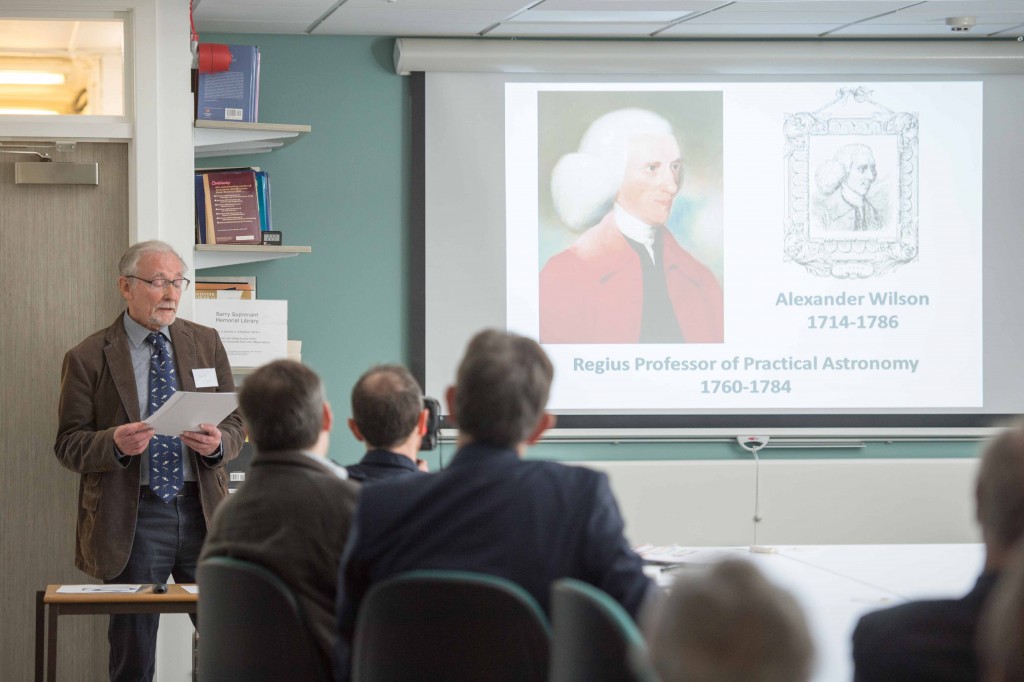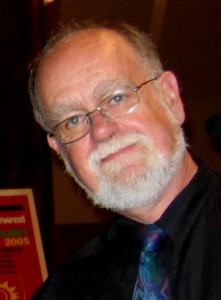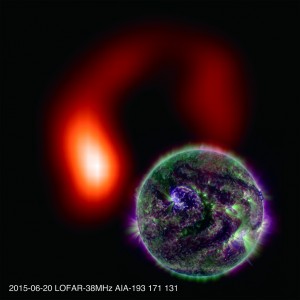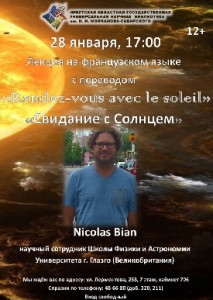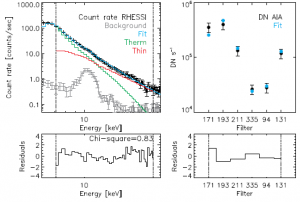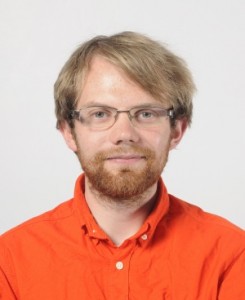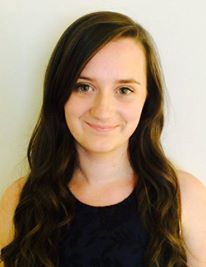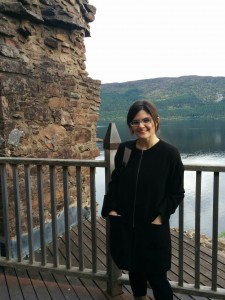We congratulate A&A’s Dr. Eduard Kontar. He was elected president of the European Solar Physics Division (ESPD) of the European Physical Society (EPS) during the elections at the European Solar Physics Meeting (ESPM) in Budapest last week.
Dr. Eduard Kontar is also currently president of CESRA (Community of European Solar Radio Astronomers).
Well done from the group!
The ESPD is a division of the European Physical Society that represents and provides a forum for scientists interested in the physics of the Sun.
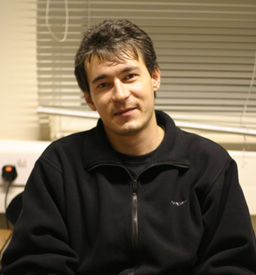
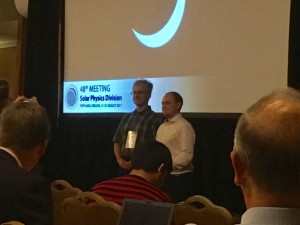
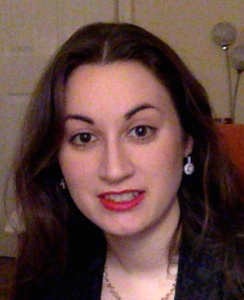
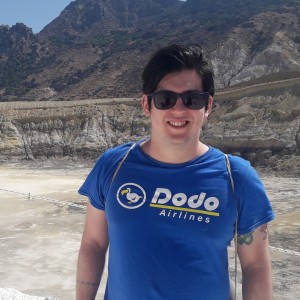
 orcid.org/0000-0003-1589-9365
orcid.org/0000-0003-1589-9365